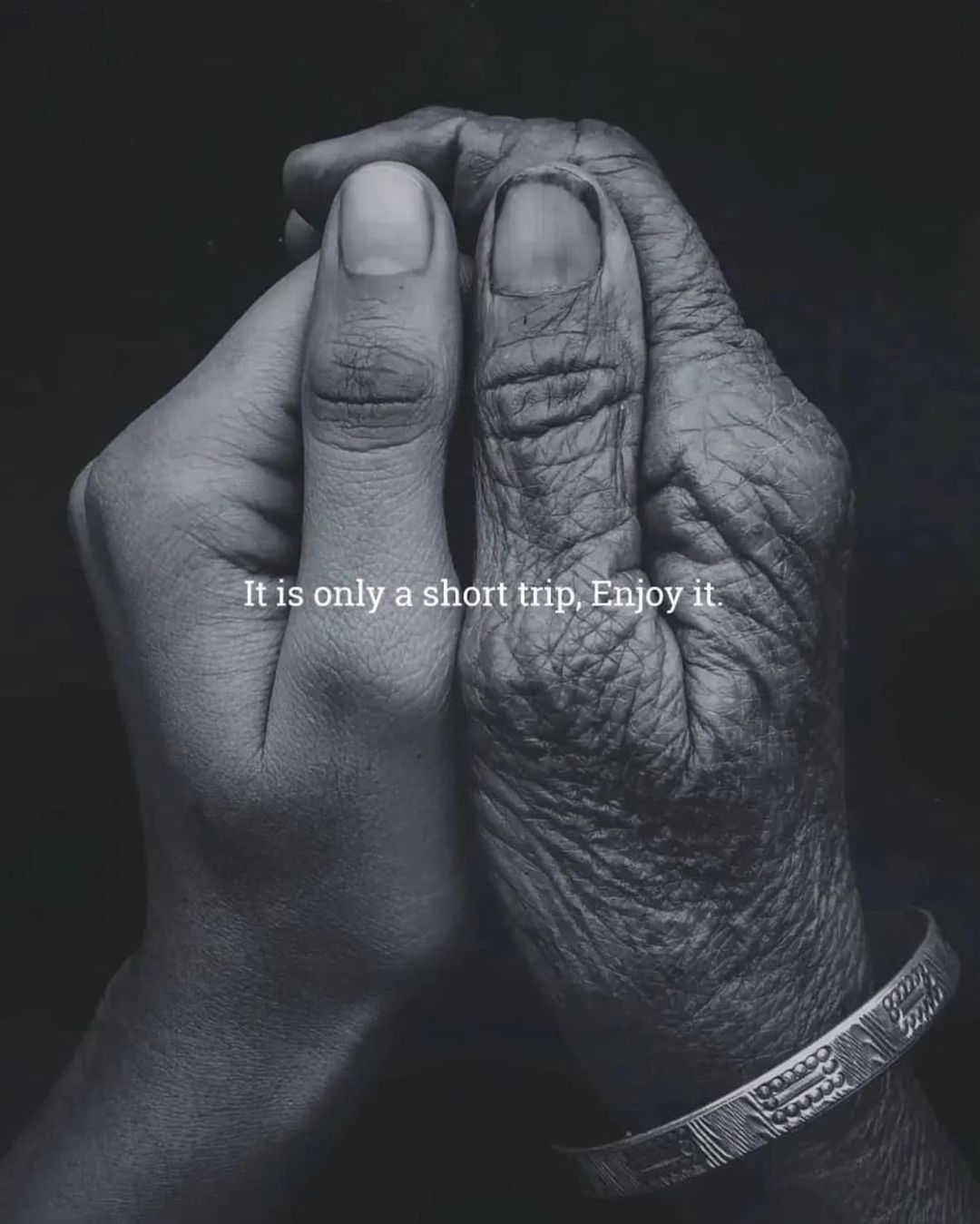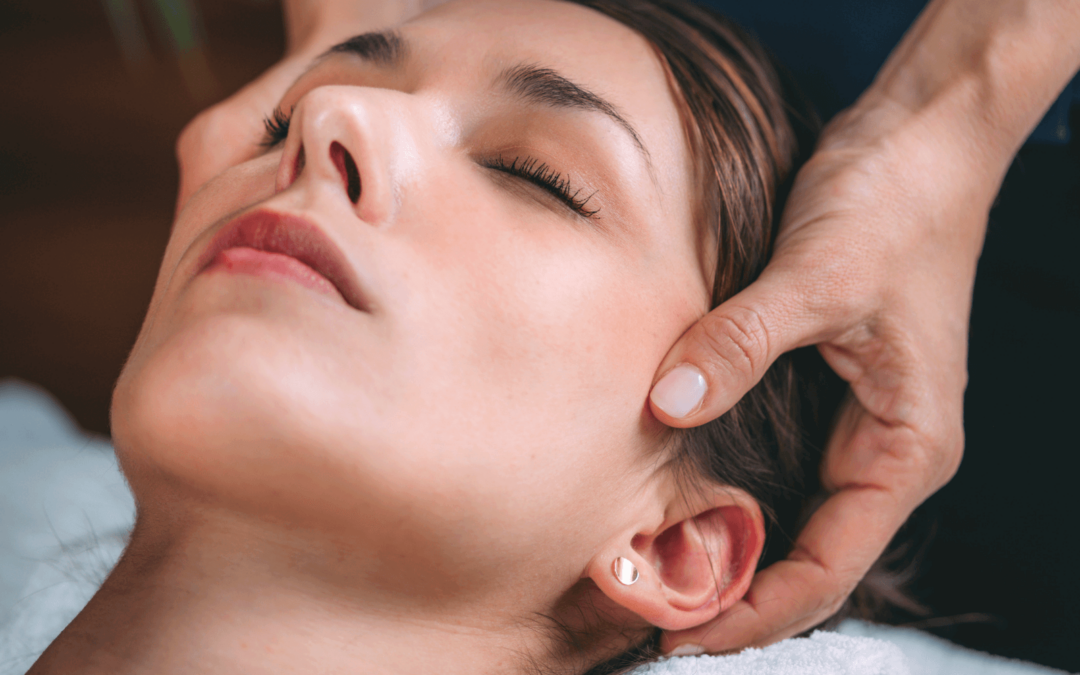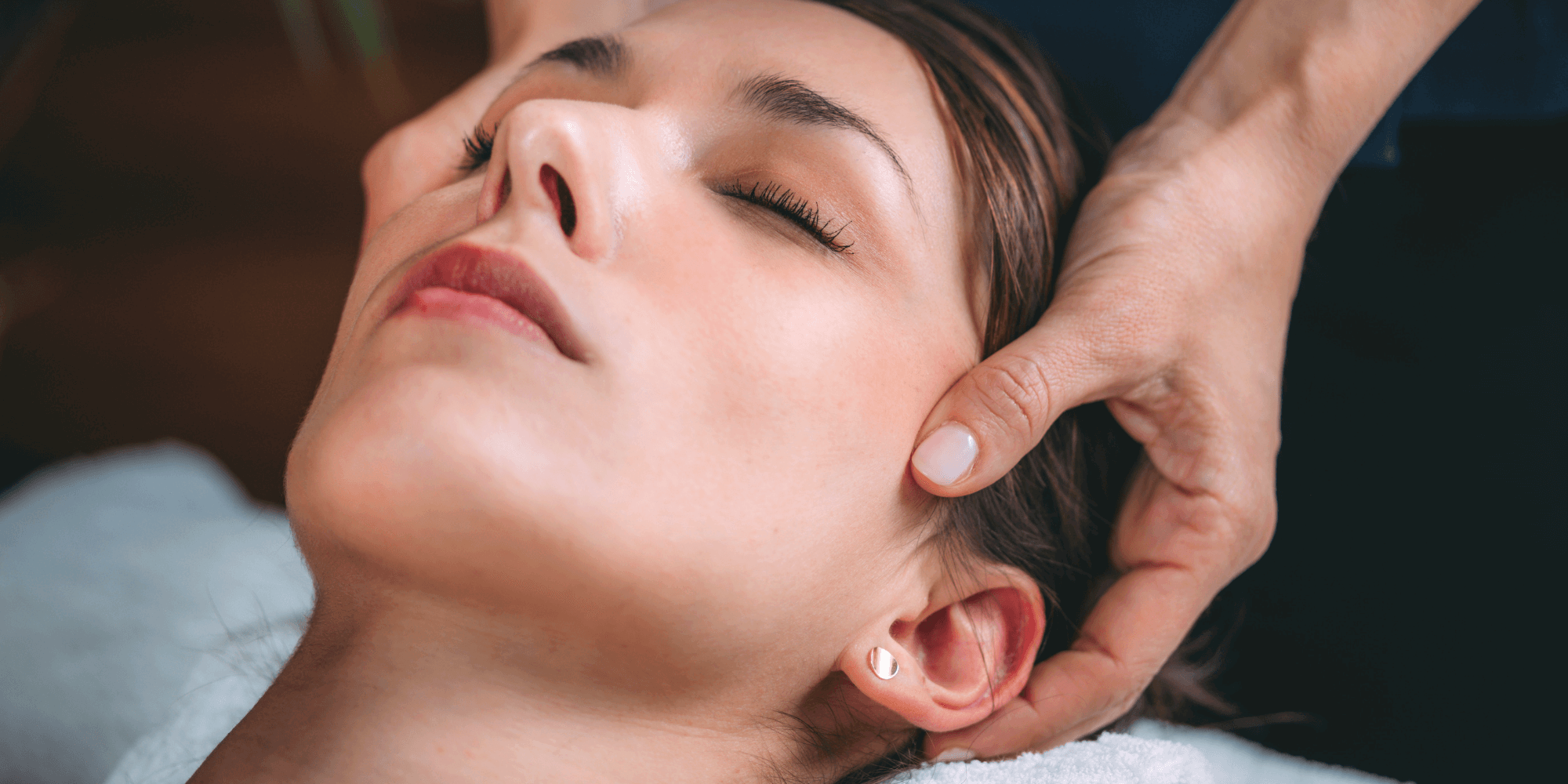
Finding the Best Somatic Therapist to Help Resolve Your Chronic Pain and Discomfort.

I am a Craniosacral Therapist, working with an integrative somatic approach in Worthington-serving Columbus, Ohio.
What “Somatic” means is that I use my various trainings and experience to help you feel better, and feel more at home inside of your body with ease and peace through using techniques in connection with the body. Often clients end up leaving with a more embodied natural flow of energy as well. It is important to me that you find value and quality when you sign in for a somatic session.
Symptom Relief: Through mindful listening and skill, Sharon’s Holistic Therapy can help you with:
- Brain and Spinal Cord Dysfunction
- Concussions
- TMJ
- Chronic Neck and Back Pain
- Chronic Fatigue
- Fibromyalgia
- Learning Disabilities in Children
- Tinnitus
- Headaches/Migraines,
- Foot and Ankle stiffness/Circulation
- Grief
- Addiction
- Autism
- Anxiety/PTSD
- Increased Mobility
- Postural Alignment
- Deep Relaxation
- Support for Trauma Recovery
The body is super intelligence, and with the right support can move into its own healing direction.
Background as a Craniosacral Therapist
My background started off with energy healing in the 90’s, but then about 27 years ago, I decided to become licensed in massage therapy. Never did that very long, but invested and worked in learning and practicing Structural Integration, and later attended and taught at the Barbara Brennan School. One thing led to the other, and next I studied Hakomi, and Trauma Informed Work at SPI. The work evolved with my clients, so I decided in the early 2000’s to move into Craniosacral Therapy at the Upledger Institute, and Visceral Manipulation at the Barral Institute. Now I am certified at the highest level, “Diplomate”.
One reason I decided to write this particular blog is because when I searched other therapists, I realized there was some confusing marketing out there. I felt compelled to speak up about this because, you-as paying clients-deserve to understand what you are getting when you call and make an appointment. Make sure that you interview by phone and get a real clear idea of credentials. For example, you may search someone and they list at the top, but never took a class in what they are marketing. Also, there is a big difference between a person who takes one class, and someone who is committed to extensive training and practice. When someone markets Craniosacral Therapy as a massage-that isn’t accurate. It’s not massage- it’s a whole other system. Also- ask direct questions to make sure that the therapist are marketing according to their real backgrounds. This is so you can find the best match for you. I want you to receive what you are looking for!
My recommendations to you is:
- If someone is advertising or coming up in searches as for example, a visceral manipulation practitioner- ask them about their training and experience. Are they being upfront with you about their training?
- If you are looking for an expert Craniosacral Therapist- ask if they are certified, and at which level.
- If you want to find a manual therapist who has trained in body centered psychotherapy and/or trained in trauma inflormed work- ask which school they attended.
My hope is that when you do your searches you are getting accurate and beneficial information to assure you that you are in “hands of integrity”.
Best Craniosacral Therapist in the Columbus Area
Sharon Hartnett CST-D
614 653-8111
To learn about my Craniosacral Therapy services, visit my main page here
Situated in Worthington, Ohio, and serving the Columbus, Ohio area.



